wattage best for sink pendant??
gardenpea_gw
12 years ago
Related Stories
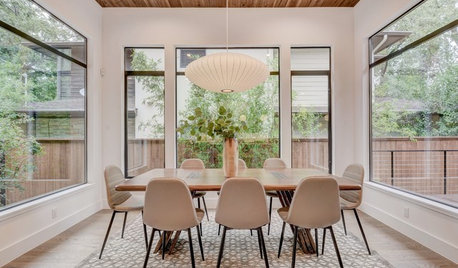
REMODELING GUIDESHow to Get Your Pendant Light Right
Find out where to place a hanging light and how high it should be
Full Story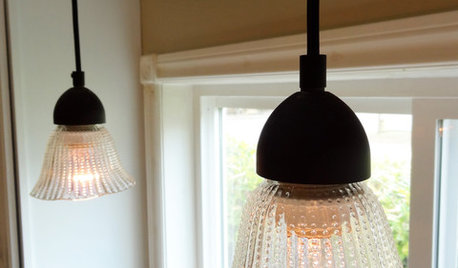
LIGHTINGLift a Room's Look With a DIY Pendant Light
Help your kitchen hang with the best of 'em with a pendant light kit and a salvaged glass shade
Full Story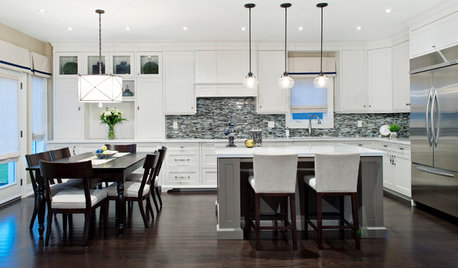
SHOP HOUZZShop Houzz: Up to 75% Off Pendant Lighting
Save on pendants in a wide range of designs and finishes
Full Story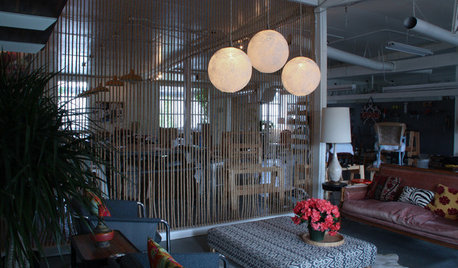
DIY PROJECTSLace Goes Modern in an Upholsterer's DIY Pendant Lights
Bring romance to a room with delicate pendant lights you can make yourself
Full Story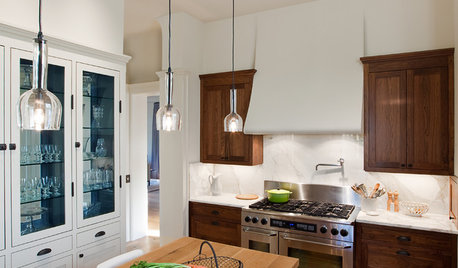
KITCHEN DESIGNPick the Right Pendant for Your Kitchen Island
Don't settle for bland builder-grade pendant lights when you can have your pick of colors and kinds to match your kitchen's style
Full Story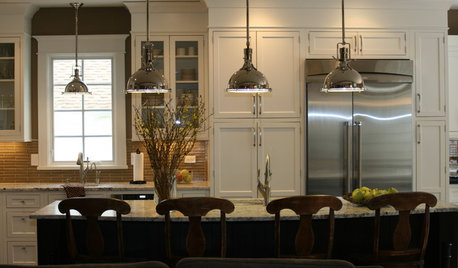
KITCHEN DESIGNKitchen Islands: Pendant Lights Done Right
How many, how big, and how high? Tips for choosing kitchen pendant lights
Full Story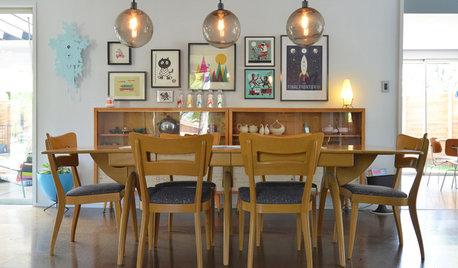
LIGHTINGPersonal Spaces: Homeowners Work Their Pendant Lights
See how all kinds of rooms are getting a lift from hanging lights, both budget-friendly and glam
Full Story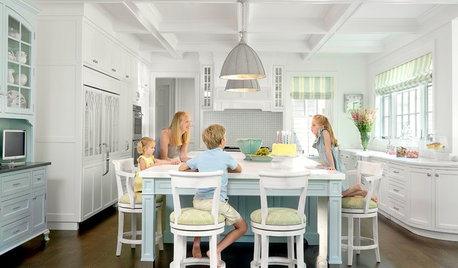
LIGHTINGSource List: 20 Pendants That Illuminate the Kitchen Island
See the ceiling lighting fixtures that are popular on Houzz and find out where to get them
Full Story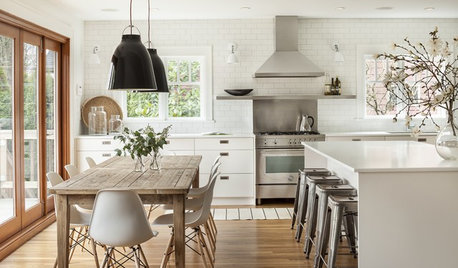
SHOP HOUZZShop Houzz: Industrial Farmhouse Kitchen
Create a warm cooking space with tables, sinks, pendants and more
Full Story0
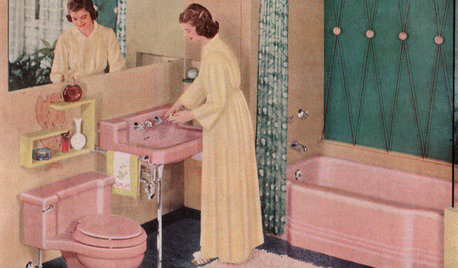
MOST POPULARHomeowners Give the Pink Sink Some Love
When it comes to pastel sinks in a vintage bath, some people love ’em and leave ’em. Would you?
Full Story





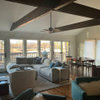
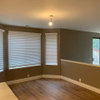
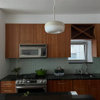
David
empet
Related Professionals
Beech Grove Lighting · Hialeah Gardens Lighting · Santa Barbara Lighting · San Francisco Furniture & Accessories · San Elizario Furniture & Accessories · Hoboken Furniture & Accessories · Mahwah Furniture & Accessories · Rogers Furniture & Accessories · Rockland Interior Designers & Decorators · Welby Decks, Patios & Outdoor Enclosures · Del City Decks, Patios & Outdoor Enclosures · Foothill Farms Decks, Patios & Outdoor Enclosures · Littleton Decks, Patios & Outdoor Enclosures · Miami Decks, Patios & Outdoor Enclosures · Pecan Grove Decks, Patios & Outdoor Enclosuresrxlikestodecorate
roadbike